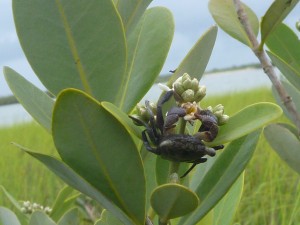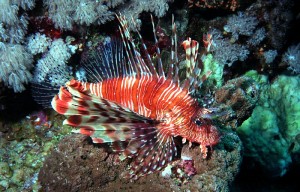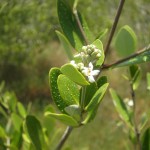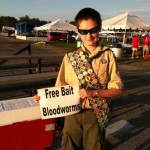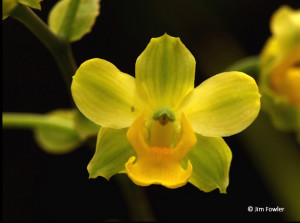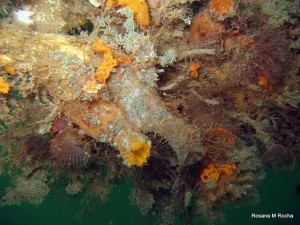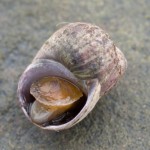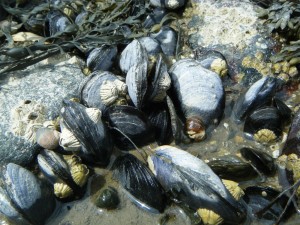Mangrove research is not glamorous work.

Researchers Lorae Simpson, Jake Bodart, Nancy Shipley and Mayda Nathan ford across a mangrove-surrounded pool. (Brian Thompson)
Don’t let the tropical locales and boat-to-work daily routine fool you; research in mangroves requires high tolerance for heat, biting bugs, dirt and wet. But the impenetrability of mangroves means that scientific understanding of this ecosystem has lagged somewhat behind other terrestrial environments. And this lack of information is like a magnet for ecologists.
Our team has descended on the Florida mangroves this summer to study the insects that live in and on them, the fish that find shelter among their submerged roots, the dietary choices of the crabs that live in their branches, their reproductive biology, and the interactions between the three mangrove species found here and their marsh plant neighbors. Taken together, our efforts will contribute to a better understanding of the communities that assemble as mangroves spread north into the northern Florida saltmarshes.
This means we spend some days struggling through thickets of mangroves, waist-high patches of pickleweed, and neck-deep pools of brackish water. In building up a research program, we’re building a lot of character, too.
More stories from the mangroves >>
-Mayda Nathan, graduate student (University of Maryland)
This material is based upon work supported by the National Science Foundation under Grant Number 1065098. Any opinions, findings, and conclusions or recommendations expressed in this material are those of the author(s) and do not necessarily reflect the views of the National Science Foundation.

